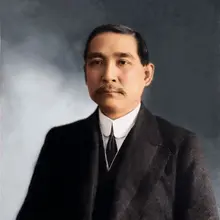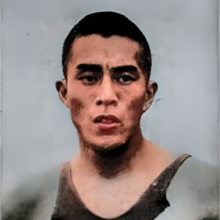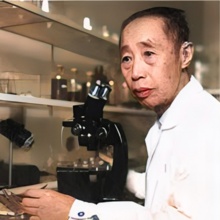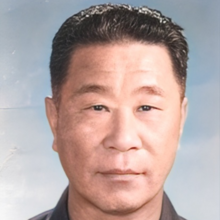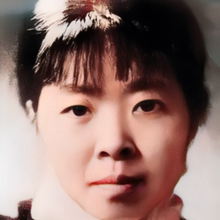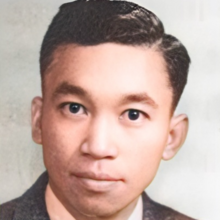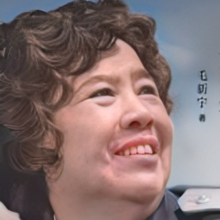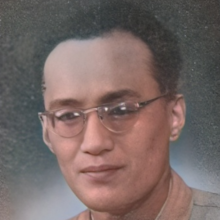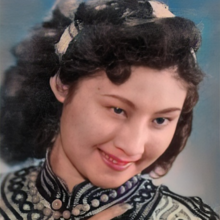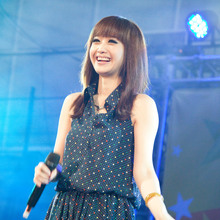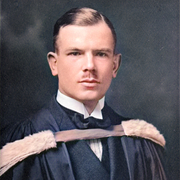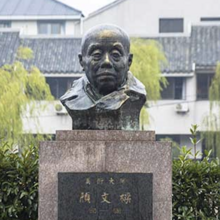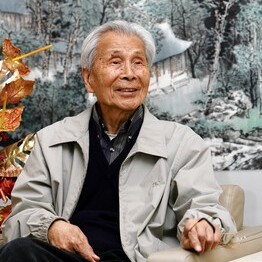
Personal
Other names:
Job / Known for:
Painter and writer
Left traces:
Modern Chinese painting
Born
Date:
1919-08-29
Location:
CN
Yixing, Jiangsu
Died
Date:
2010-06-25 (aged 91)
Resting place:
CN
Babaoshan Revolutionary Cemetery, Beijing
Death Cause:
Lung cancer
Family
Spouse:
Zhu Biqin
Children:
Wu Keyu and Wu Liyu
Parent(s):
Wu Shangshi and Chen Aizhu
QR Code:
Show More
Rank
Users ranking to :
Thanks, you rate star
Ranking
5.0
1
Fullname
Wu Guanzhong
Fullname NoEnglish
吴冠中
Slogan
Art is like a kite. You have to pull the string hard in order to stretch it to its limit.
About me / Bio:
Show More
Article for Wu Guanzhong
Died profile like Wu Guanzhong
Comments:

